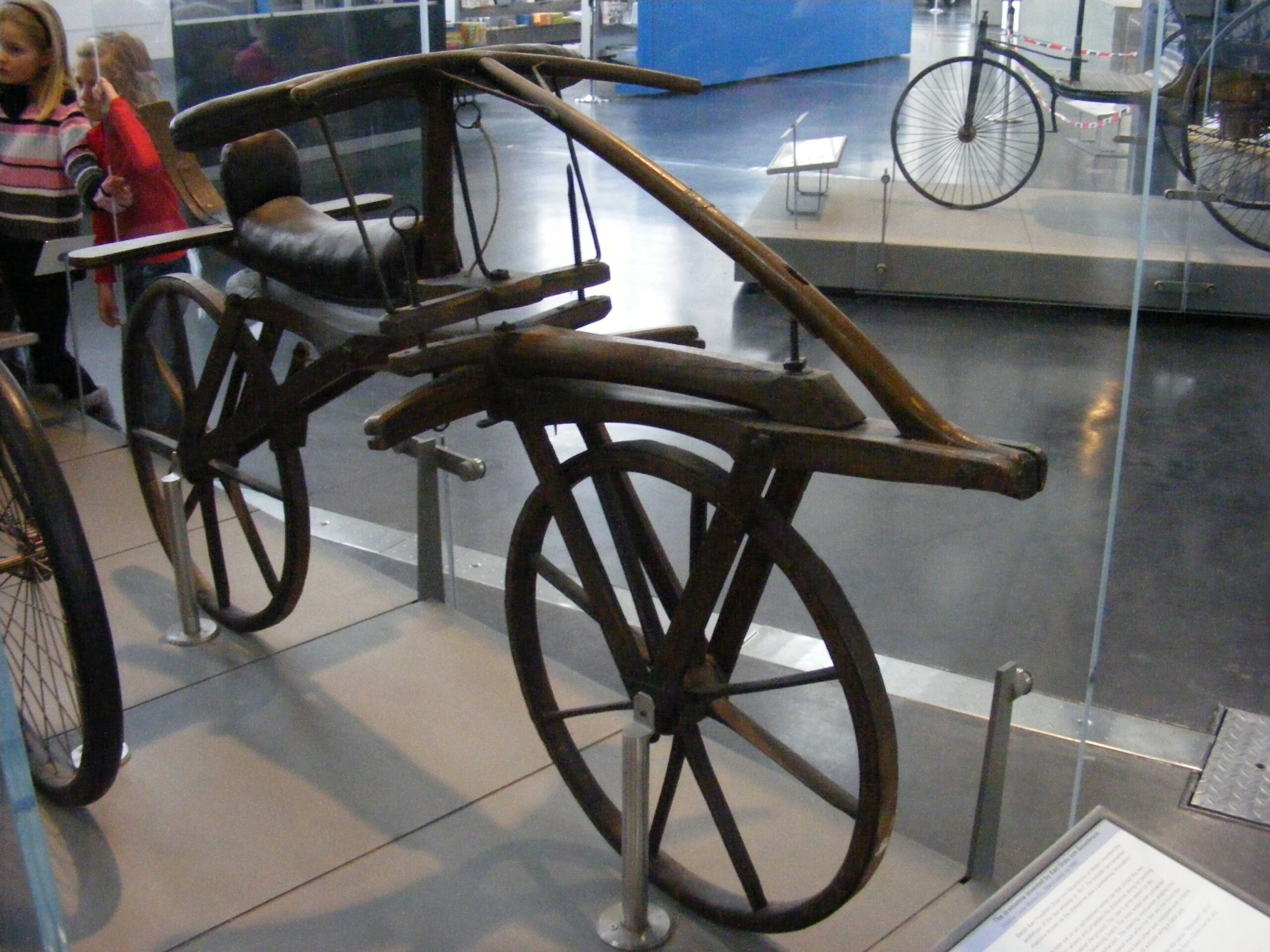
In April 1815, the Mount Tambora volcano in Indonesia erupted with a force unmatched in recorded history. A massive plume of ash and gas reached the stratosphere, darkening the skies. The year before, a lesser eruption in the Philippines had already primed the atmosphere. Together, they ejected extraordinary quantities of debris into the environment.
The consequences were felt a year later in Europe. 1816 became known as the “year without a summer”. Reports from the east coast of America talk of a “dry fog” that dimmed sunlight and allowed the frost to persist through the year. Snow fell at the height of summer and crops failed in many places. As one contemporary report gathered in the records of a farmer put it, it was “the most gloomy and extraordinary weather ever seen.” There was outright famine in Ireland, food shortages across Europe, and food riots in many cities.
There were many consequences. The poet, Lord Byron, had planned a European trip with his friend Percy Bysshe Shelley, who brought along his fiancé, Mary. But the weather was so bad they ended up trapped in a villa on the north shore of Lake Geneva. To break the gloom, they challenged each other to write a ghost story. Famously, with the story of Frankenstein’s monster, the 18-year-old Mary outdid the two famed men and, in the process, created an entirely new literary genre.
Karl Freiherr von Drais also had to adapt to this climatic cataclysm. As a nobleman based near Karlsruhe in Germany, Drais owned farms and would have seen the consequences of the cold snap, not just in terms of the harvest but in terms of the hardship that it caused for the animals. Emaciated and weakened horses were unable to perform their agricultural duties. In Jonathan Maskit’s short history of the Bicycle, we read about the context facing Drais. There had been four years of bad harvest before the year without a summer. And Germany was particularly afflicted because the country’s stores had been so thoroughly raided by Napoleon’s armies.
A prolific inventor, later that winter, Drais finalised the prototype of a machine that could make a timely intervention. His Laufmaschine (running machine) was a two-wheeled device – without pedals – which massively increased the speed at which people could travel. The rider sat between two serially arranged wheels (just like a modern bicycle) and steered with the front wheel. You pushed yourself forwards and the wheels multiplied your speed. In his first public test, he was able to complete a 13-kilometre route in about an hour.
Whether for getting around from place to place, or perhaps by increasing the human contribution to the work of a farm, the “dandy horse” should have been a dramatic success. But 13 km/h was an almost unimaginable speed for a human to experience in a sustained fashion in the middle 19th-century. There was no safe road network. And the machine was not nearly as stable as a modern bicycle and accidents were common. And so (as we see today perhaps with e-scooters) a brilliant device that had the potential to improve the lives of many people was regulated out of existence. Banned from parks, then from cities, riders of these first bikes were eventually forced back to horses.
The first bike was born out of crisis. In the wake of Mount Tambora’s eruption, horses were starving, roads were impassable, and old routines were no longer sustainable. Karl von Drais responded not by retreating into nostalgia but by inventing a new way of moving forward, under human power, through a disrupted world.
Two centuries later, we find ourselves again amid environmental upheaval. The skies aren’t darkened by volcanic ash but by the long shadow of fossil fuel combustion. This time, the climate crisis is slow-burning, structural, and largely self-inflicted. And once again, the bicycle might be central to the solution.
In a just published study by Leonard Arning and Heather Kaths, an analysis of nearly 200,000 journeys across Germany confirmed something advocates have long suspected: electric bicycles are not just upgraded pushbikes. They are a viable alternative to car travel. This is especially the case for longer, hillier, or more physically demanding trips. The study found that over 60% of e-bike mileage would otherwise have been travelled by car, and over 40% of e-bike trips were direct substitutions for car journeys. In other words, people aren’t just using e-bikes for fun. They’re using them to replace high-emission travel.
What’s more, the study shows that e-bikes are uniquely resilient to the usual barriers to cycling. They’re less sensitive to distance than conventional bikes, and less dependent on extensive cycling infrastructure. While conventional bikes are commonly thought to require level terrain, good weather, and protected lanes to thrive, e-bikes allow riders to go further, up steeper gradients, and through less cycling-friendly areas. Crucially, e-bikes aren’t just for the fit or urban. The researchers found that in terms of how people use them, e-bikes are closer to cars than to bicycles.
And yet, history may repeat itself.
Across the country, whenever even basic improvements to infrastructure are suggested, protests follow. They fear disruption, loss of privacy, or farm division. Some claim there has been poor consultation. And others speak as though a cycle path were a threat to civilisation itself. It’s telling that no such protest gathers when roads are widened, car parks extended, or fossil fuel subsidies quietly renewed. As in the 19th century, the bicycle threatens not with violence but with change. And change is rarely welcomed.
The bitter irony is that the bicycle, especially in its electric form, is one of the few technologies already capable of slashing transport emissions, rehumanising public space, and delivering daily joy. If our response to that is fear or defensiveness, we may again trade a possible future for the comfort of decline.
If we want to reduce carbon emissions and reclaim public space, we don’t need to wait for some hypothetical green technology of the future. We already have it. It has two wheels, pedals, and sometimes a motor.
The Laufmaschine didn’t take off in its time. It was too strange, too fast, too ahead of the curve. But the vision it offered was a lighter, simpler, more equitable way to move. That still holds. In 1817, the world shrugged at a vision of sustainable travel. In 2025, we have no such excuse. In an era of overheating climate, gridlocked streets lined by parked metal, and rising seas, the bicycle’s invitation is prophetic: to move more lightly, to travel more justly, and to imagine that even in crisis, we can choose a different path.

